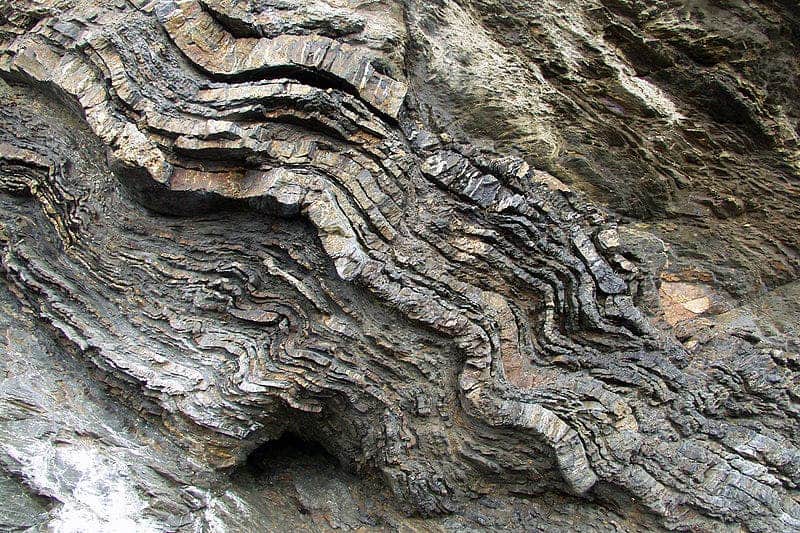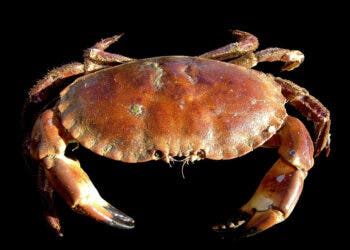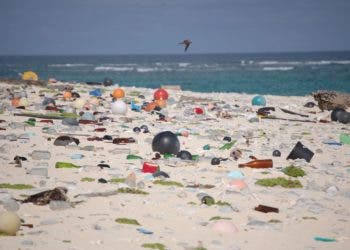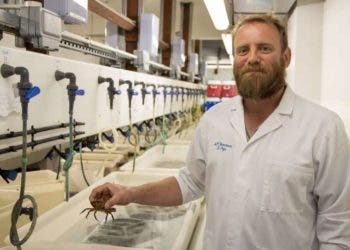In a unique event, the Crab Museum from the city of Margate, UK, has crowned the world’s funniest crab joke. The jury, comprising of both humans and crabs, was selected from over 700 entries.
Here’s the winning gag:
A man walks into a restaurant with a crab under his arm and says, “Do you make crab cakes?” The manager answers, “Yes, we do.” “Good,” says the man, “because it’s his birthday.”

Crabs in the “pinchline”
The Crab Museum opened in 2021 and claims to be Europe’s “first and only museum” dedicated to the humble crab. The museum aims to promote crabs, these “tiny, huge, cute, scary, vulnerable, indestructible” creatures that play a key role in global ecosystems and even in medicine. But it aims to do so in a semi-serious fashion, blending science and humor.
“Crabs can teach us about biology, climate change, evolutionary history and much much more. But, with the right frame of mind, they can also teach us about ourselves. This is why we created Crab Museum – to roll science, humour and philosophy into a unique and satisfyingly baffling day out,” the museum’s page reads.
The gag contest fits well with this mission and was well-received. A museum spokesperson said the contest went way beyond what the organizers were expecting.
“The quality and quantity of jokes this year has been astounding. We’ve been pinching ourselves since the submissions closed! That said, laughing at jokes, much like learning about crabs, can be a powerful tool to help us reassess our relationship with our environment. You’d be surprised how quickly you can go from chuckling at crab gags to letting down SUV tires. Whilst we may not have made this clear to our judges, it is in this spirit that the World’s Funniest Crab Joke competition has been organised.”
The other top entries
The competition was fierce, with local school children and celebrity judges selecting their top jokes. The human jury narrowed the jokes to the top four. Then, the jokes were then written on pieces of paper, wrapped around tinned fish, and presented to the crabs, who picked their favorite.
The second place went to:
“Why did the crab cross the road? It didn’t. It used the sidewalk.”
Third place was awarded jointly to two jokes:
“Why didn’t the crab help the chicken cross the road? Because it was eaten by a pelican crossing.”
“What format do you have to save photos of crab soup on to? Floppy bisque.”
This quirky competition highlights how humor can be a powerful tool in promoting museums and wildlife conservation. By engaging the public with lighthearted and relatable content, the Crab Museum has effectively drawn attention to the important roles crabs play in our ecosystems.
Humor breaks down barriers, making educational content more accessible and enjoyable. It invites people to learn and care about wildlife in a fun and memorable way, ultimately fostering a deeper appreciation and commitment to conservation efforts.
Are the crab jokes cringey? Maybe. Did they get the job done, though? Definitely. Museums and wildlife conservations are in a constant struggle to adapt and find new ways to get people on board with their projects. Maybe crab jokes is one such way.
Here are some of the other top entries:
- How did the crab get out of prison? It used its escape claws.
- How do barnacles get around? A taxi crab.
- What did the sea urchin say to the crab? Please sir, can I have some claw?
- Why did the crab get bad grades? Because it was below C level.
- What do you call a red crab piggybacking another red crab all around the town? A double-decapod.
- A horseshoe crab walks into a bar. “Why the ventral face?” the bartender asks. The crab replies: “Mind your own business and please tip a pint of lager and a packet of crisps on to the pub carpet.”






